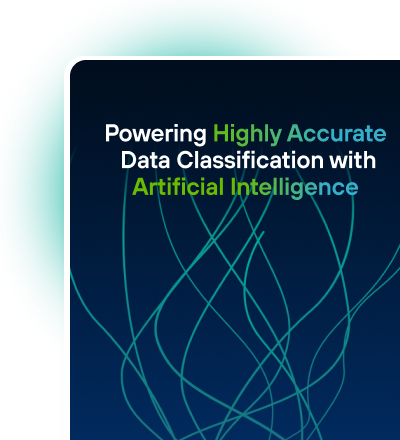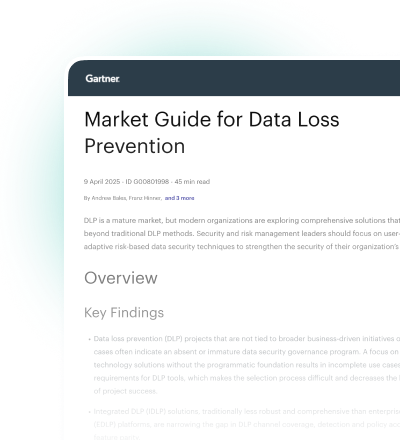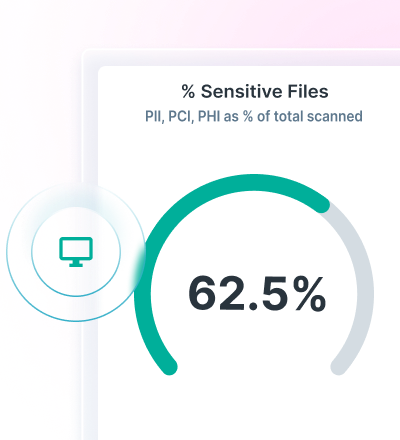Forcepoint DLP Software Sets the Standard
Forcepoint is synonymous with Data Loss Prevention due to its well-known, mature platform, extensive classifier and template library, and unified approach to policy management. Download the chart to see how Forcepoint DLP software compares with other vendors.
Read Full ComparisonData Protection
20%
40%
60%
80%
100%
Forcepoint
Legacy Vendors
Limited DLP
Vendors
Forcepoint DLP 軟體與競爭對手相比
Forcepoint | 既有供應商 | 有限的 DLP 供應商 | |
資料保護
| |||
統一資料保護範圍
| |||
風險自適應保護
| |||
自動化與生態系統
|
免責聲明:產品比較是根據截至 2024 年 5 月 7 日同一供應商提供的產品內功能和跨產品組合整合。 比較不包括 與第三方廠商的整合。 根據每個供應商截至 2024 年 5 月 7 日可用的最新版本進行功能比較。 資訊基於: 截至 2024 年 5 月 7 日,從公開網站和論壇、分析文章和產品資料表中收集而來的資訊。
Forcepoint 為何是頂級 DLP 廠商
防止在任何地方遺失資料
無論使用者於何處與資料互動,都可以即時監測並阻止安全事件。
簡化全球合規性
使用 1,700 多個分類器和策略範本來簡化策略配置和管理,以識別並保護 PII 和 PHI。
即時應對風險
將使用者行為置於情境中以預測風險,並在發生安全事件之前自動調整策略以防止安全問題。
統一配置和報告
從一個平台和儀表板創建、管理和產出報告雲端、Web、電子郵件和端點的策略。


DLP 實用高階主管指南
透過我們的 DLP 實用高階主管指南,一起來探索 DLP 軟體解決方案如何協同工作。 瞭解 DLP 在哪些方面表現卓越,探索實施 DLP 軟體的八個關鍵步驟,並獲得如何利用您新採用的 DLP 快速產生價值的獨特見解。
Why Other DLP Solutions Can't Beat Forcepoint

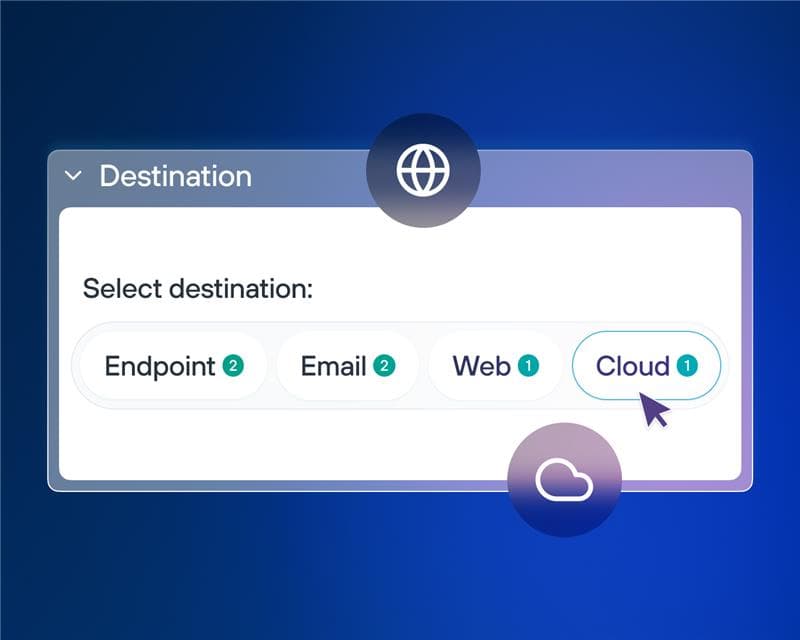


Our patented fingerprinting technology and advanced AI mesh classification engine provide unmatched accuracy in identifying and classifying sensitive data, even in complex formats and custom documents.

Protect data across SaaS applications, web traffic, email communications, endpoints, and network channels with a unified approach that eliminates security gaps.

Reduce administrative burden with intuitive dashboards, automated incident response workflows, and real-time alerts that prioritize the most critical issues.

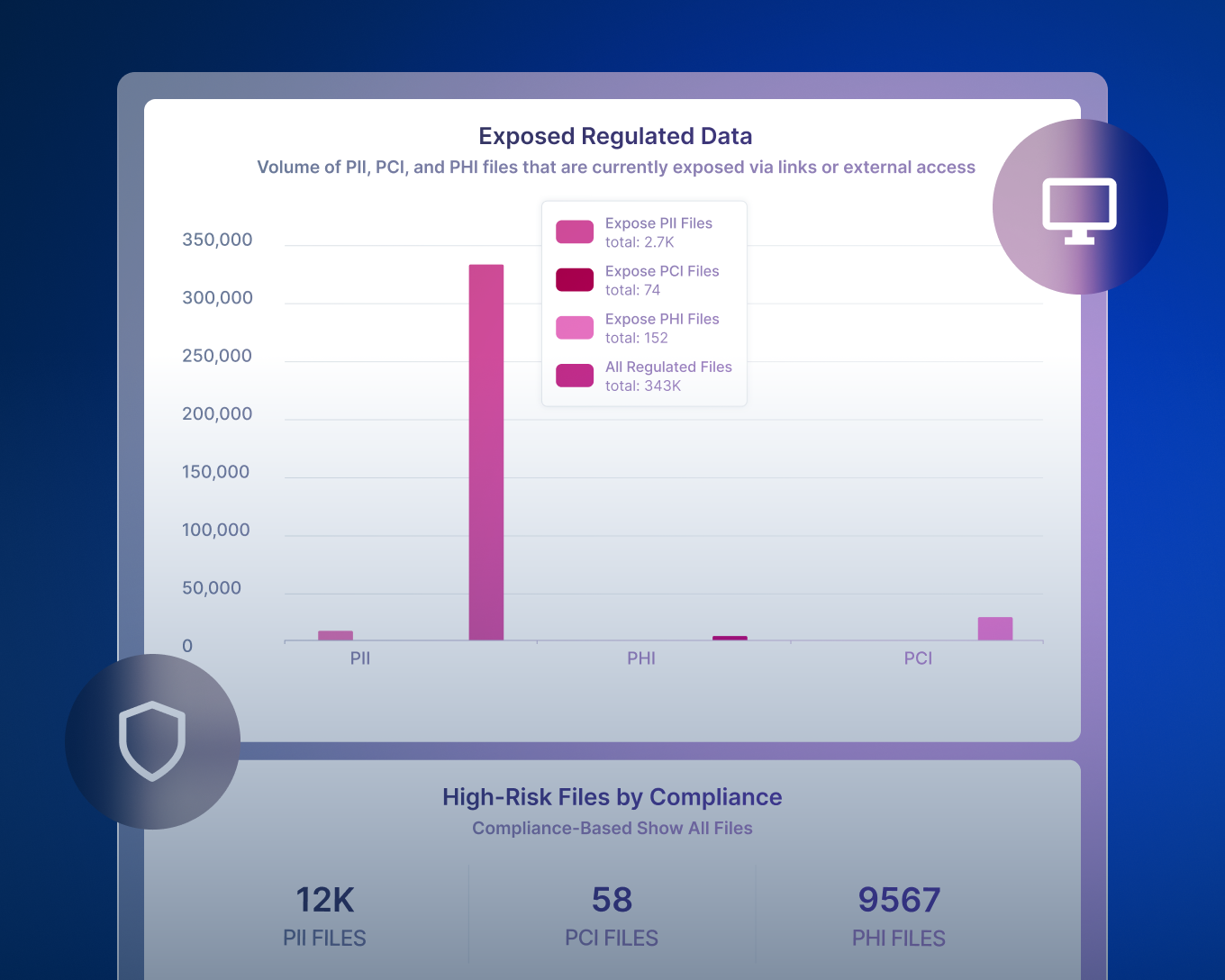
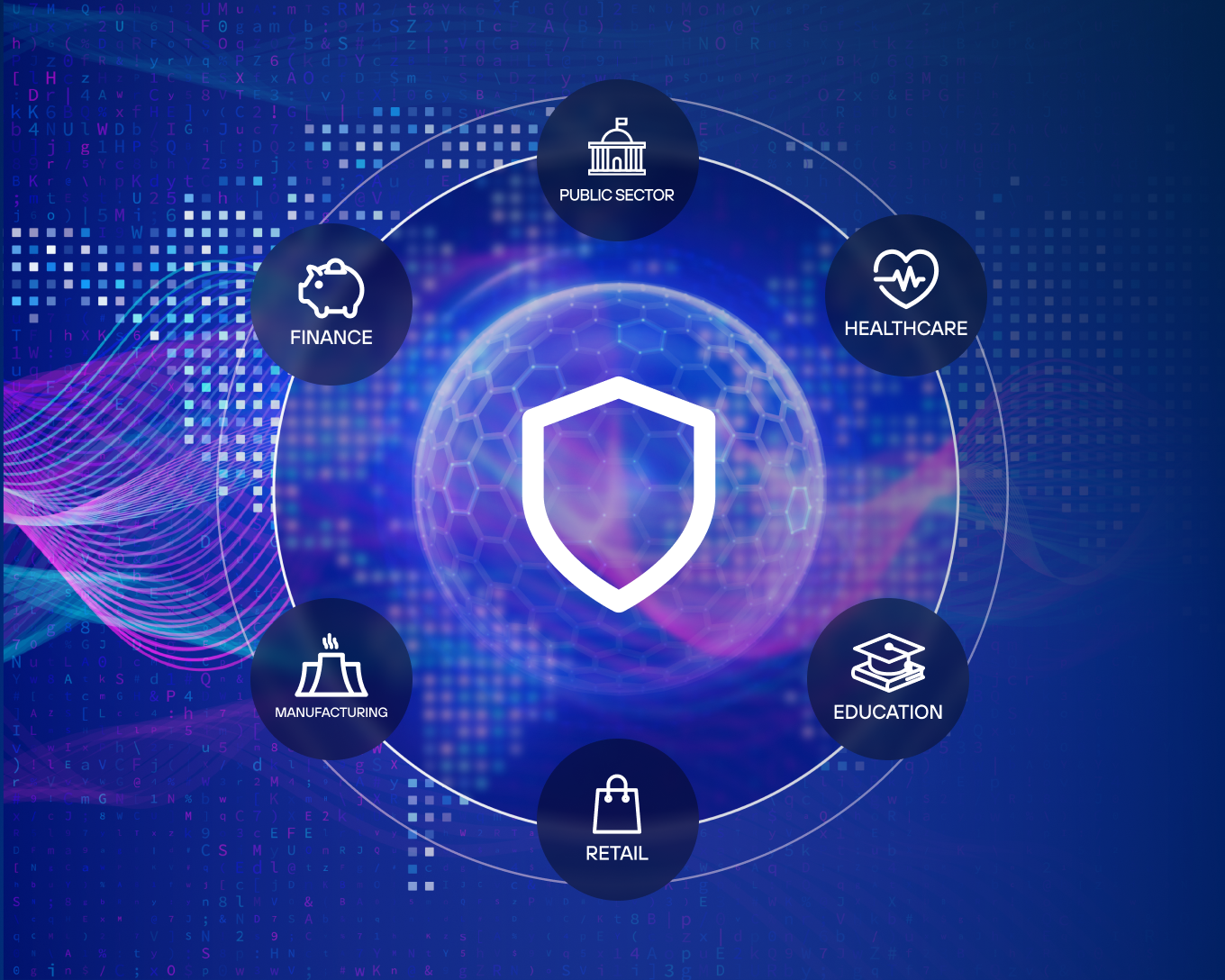

Leverage artificial intelligence to discover, classify, and monitor structured and unstructured data with highly accurate enforcement that reduces false positives and adapts based on context and user behavior.

Control how sensitive data is shared with ChatGPT and other generative AI platforms, allowing organizations to embrace AI transformation while preventing unauthorized data exposure and maintaining compliance.

From GDPR to HIPAA, Forcepoint DLP automatically adheres to your industry’s requirements.
DLP 部署:雲端或本機部署
尋找完美的 DLP 解決方案,以匹配您獨特的需求和挑戰。 在雲端部署 Forcepoint DLP SaaS 或在本地部署 Forcepoint DLP,,並獲得 Forcepoint 專業服務團隊或您的合作夥伴的支援,以確保平穩實施。 短短六週內即可快速實現價值。
我們的顧客故事
我們的顧客故事






分析師推薦。
使用者認可。
Forcepoint 一直被使用者與業界分析師評為頂尖資料外洩防護軟體解決方案和 Data Loss Prevention 供應商。
Forcepoint 在《IDC MarketScape: Worldwide DLP 2025 Vendor Assessment》中被評斷為業界領導者。
Forcepoint 於 2024 年連續第二年獲市調研究公司 Frost & Sullivan 評為 「全球年度最佳 DLP 公司 」
Forcepoint 在 2025 年第一季的 The Forrester Wave™: Data Security Platforms 中獲評為 [強勁表現者。
Frequently Asked Questions
What is Data Loss Prevention (DLP)?
Data Loss Prevention (DLP) refers to a set of technologies and strategies designed to prevent sensitive data from being lost, misused or accessed by unauthorized users. Forcepoint DLP protects data in motion, at rest and in use—across endpoints, networks and cloud environments—to ensure your critical information stays protected. Our solution combines advanced analytics and policy enforcement to help stop data breaches.
How does DLP work?
DLP uses multiple tools to identify sensitive information within an IT environment, monitor data flow in and out of the organization and block sensitive data from leaving the organization based on security policies.
What is a DLP policy?
A DLP policy is a set of conditions that define how sensitive data should be handled within an organization. These policies help prevent unauthorized access, accidental leaks or intentional data exfiltration. With Forcepoint DLP, you can create customizable policies tailored to your business needs, ensuring data is protected across endpoints, networks and cloud environments.
How do DLP policies work?
DLP policies define how data should be handled based on its sensitivity, user roles and regulatory requirements. With Forcepoint, policies are customizable. Our policy engine also helps with maintaining global compliance standards like GDPR and CCPA.
What is DLP software?
DLP software is a security solution that helps organizations prevent the loss of sensitive and valuable information by ensuring that data assets are adequately protected, stored and used.
What is a DLP system and how do they work?
A DLP system is a comprehensive solution that helps prevent data breaches by monitoring, detecting and blocking the unauthorized movement of sensitive data. Forcepoint uses artificial intelligence to discover, classify and monitor structured and unstructured data with highly accurate enforcement that reduces false positives and adapts based on context and user behavior. Forcepoint’s unified approach to policy enforcement ensures consistent protection across all data channels.
What are the capabilities of DLP?
DLP can help your organization stay ahead of evolving threats, ensure regulatory compliance and protect sensitive data effectively and efficiently. Capabilities include policy creation and enforcement, incident response and reporting, compliance and regulatory support and more.
Do organizations need DLP?
Absolutely. If your organization handles Personally Identifiable Information (PII), Protected Health Information (PHI), Payment Card Information (PCI), intellectual property or operates in a BYOD environment, DLP is essential. Forcepoint DLP helps you prevent accidental leaks, insider threats and external attacks—protecting your brand, customers and bottom line.
What is data leakage?
Data leakage is the unauthorized or unintentional transmission of sensitive data outside your organization. This can happen through email, cloud apps, removable media or even printed documents.
What are best practices for implementing DLP?
Forcepoint recommends the following best practices:
Identify and Assess: Identify where your sensitive data resides and how it flows.
Classify Data: Use automated tools to label data based on sensitivity and compliance needs.
Establish Policies: Define clear rules for how data can be accessed, shared and stored.
Centralize Oversight: Avoid fragmented DLP efforts by unifying policy management across departments.
Train Employees: Educate users on data handling best practices and reinforce with real-time coaching.
What is the difference between network, endpoint and cloud DLP?
Endpoint DLP protects data on individual devices.
Network DLP monitors and controls data in motion across your network.
Cloud DLP secures data stored in or moving through cloud services.
Forcepoint DLP unifies policy creation and enforcement across all three, giving you consistent protection and simplified management across your entire data ecosystem.
What is endpoint DLP?
Endpoint DLP protects data on devices like laptops, desktops and mobile phones. Forcepoint DLP monitors how users interact with data and applies real-time enforcement to prevent unauthorized actions.
What is network DLP?
Network DLP monitors data in motion across your organization’s network. It identifies and blocks risky behavior—whether from insiders or external threats—before data can leave your environment. Forcepoint DLP offers deep visibility and control over data transfers, helping ensure compliance and reduce the risk of breaches.
What is cloud DLP?
Cloud DLP safeguards data stored in and moving through cloud services. Forcepoint DLP can augment and enhance platforms like Google Workspace and Microsoft 365.
Can Forcepoint DLP protect data on cloud applications like Google Workspace and Microsoft 365?
Absolutely. Forcepoint DLP can augment and enhance Google Workspace and Microsoft 365.



